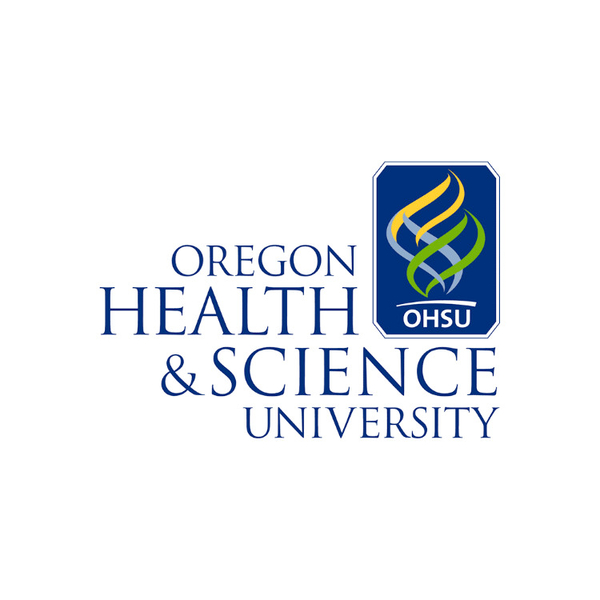Introduction to Biomedical Informatics and Artificial Intelligence
Oregon Health & Science University (OHSU) offers another Biomedical Informatics Distance Learning Course as part of the AMIA 10x10 Program.
The goal of this course is to provide a detailed overview of biomedical and health informatics and artificial intelligence (AI) to those who will work at the interface of healthcare and information technology (IT). The course also aims to provide an entry point for those wishing further study (and/or career development) in the field. Although the course has a clinical orientation, many non-clinicians working in health IT environments have found the course accessible and the knowledge gained invaluable to their professional development.
The course provides up-to-date details on current events in the field, including electronic health records, data standards and interoperability, clinical decision support, population health, patient engagement, telehealth, clinical research, and public health. It also describes and sets the context for newer technologies, such as SMART on FHIR, generative AI, large language models (LLMs), and wearables.
The course provides a broad understanding of the field from the vantage point of those who implement, lead, and develop IT solutions for improving health, healthcare, public health, and biomedical research. It provides up-to-date details on current events in the field, including electronic health records, data standards and interoperability, clinical decision support, healthcare data analytics, population health, patient engagement, and telemedicine. It also describes and sets the context for new technologies, such as SMART on FHIR, machine learning, wearables, and blockchain. Also covered are informatics issues related to the COVID-19 pandemic.
Meet Your Course Director
Dr. William Hersh, Professor of Biomedical Informatics at OHSU), serves as the Director of the OHSU 10x10 offering. Dr. Hersh has been at OHSU since 1990, where he developed research and educational programs in biomedical informatics. He is internationally recognized for his contributions to the field. He is a Fellow of the American College of Medical Informatics (FACMI) and a Fellow of the American Medical Informatics Association (FAMIA).
